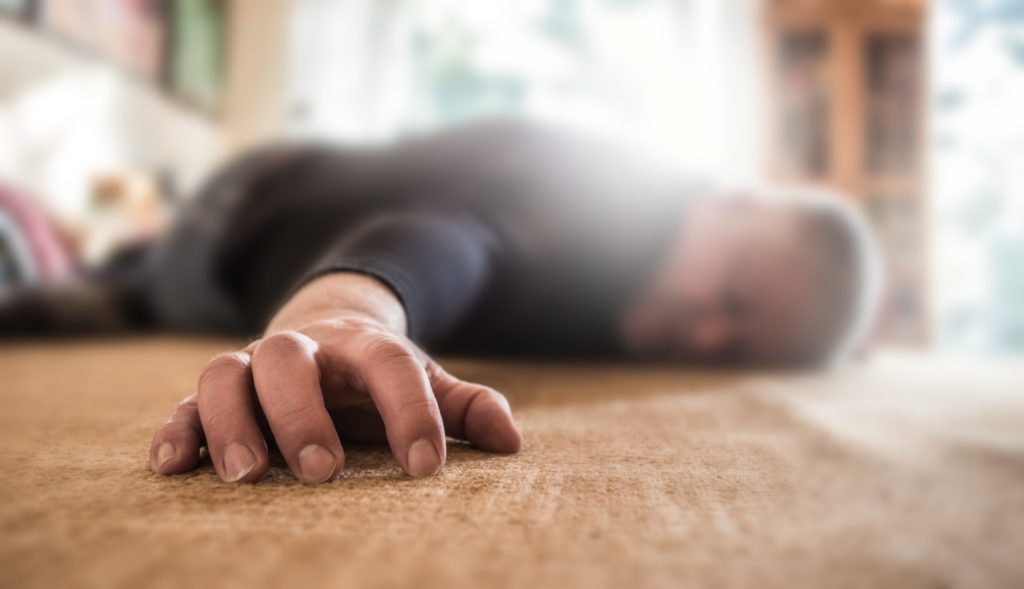When are you old enough to start taking precautions to prevent falling injuries?
If you are age 65 or older, your odds of falling in the next year are one in four. Since fall injuries can rob you of your mobility, it is essential to avoid them. We know the most common reasons why seniors fall, so we can prevent these events. To reduce the likelihood you will get hurt and end up having to use a walker or wheelchair to get around, you should assemble your team to prevent injuries from falling.
Who Should Be Part of Your Falls Prevention Team
Many different factors can cause falls, so your team should include several people who can assess various aspects of your life that could contribute to falls. Your family and friends who know you well can offer suggestions and a range of viewpoints.
Ask friends and relatives you trust to perform a walk-through the inside of your house and around the exterior to identify potential trip or fall hazards. You can work together to correct the risky items.
You should also talk with these professionals for their input on how you can prevent falls:
- Your primary care doctor can assess your falling risk from the medical perspective. Tell your doctor if you ever feel unsteady when walking, standing up, or sitting down. Ask for advice on how you can minimize your risks, given your overall health condition and any medications you take. Always get a physical examination after a fall to detect any hidden injuries.
- Your pharmacist can offer information about how the prescription drugs and over-the-counter medications you take can affect your likelihood of falling. Whenever you pick up your medicines, ask about side effects, like dizziness, and how the different substances you take might interact.
- An occupational therapist can pair you with assistive devices that can drastically decrease your falling risk. If you are not already working with an occupational therapist, you can ask your doctor to refer you to one for a fall risk assessment.
Depending on your unique circumstances, it might be beneficial for you to add other people to your team to prevent falling injuries.
Steps to Take Around Your House to Prevent Falls
Every home is different, but there are factors in many living spaces that commonly present falling risks. For example:
- If you have to walk around the furniture to cross a room, ask someone to move furniture to create a clear, straight path.
- Throw rugs on the floor are high-risk items. Either remove the rugs or secure them with two-sided tape or a non-slip backing.
- Clear all objects off of the floor, like shoes, newspapers, and boxes.
- Telephone, extension, and electrical cords are trip hazards. Secure cords to the wall. If need be, have an electrician install additional outlets.
- Make sure that all the rooms, hallways, entries, and stairs are well lit and free of loose objects.
- Slippery surfaces in bathrooms tend to cause the most falls in those locations. Non-slip rubber mats or self-stick strips on the floor of your shower or tub can help. Grab bars next to the toilet and inside the shower or tub can offer support.
- Trying to reach things that are on high shelves leads to many falls in the kitchen. Do not use a chair as a step stool. Move frequently used items to lower locations and get a sturdy, wide step stool with a grab bar.
These are but a few examples of changes you can make around your home to prevent falling injuries and reduce the risk of debilitating catastrophes.
References:
National Council on Aging. “Falls Prevention is a Team Effort.” (accessed October 17, 2019) https://www.ncoa.org/blog/falls-prevention-is-a-team-effort/


